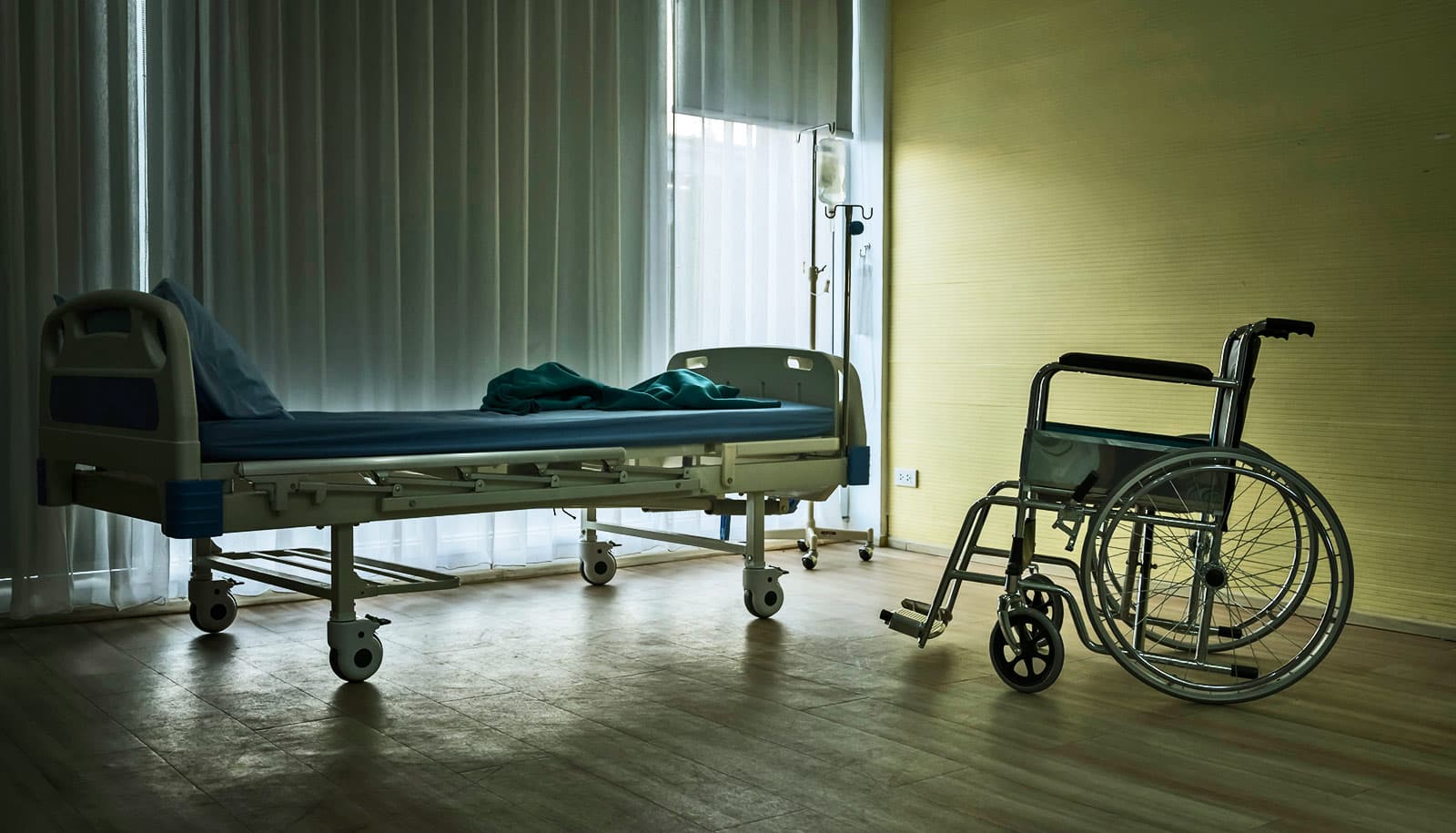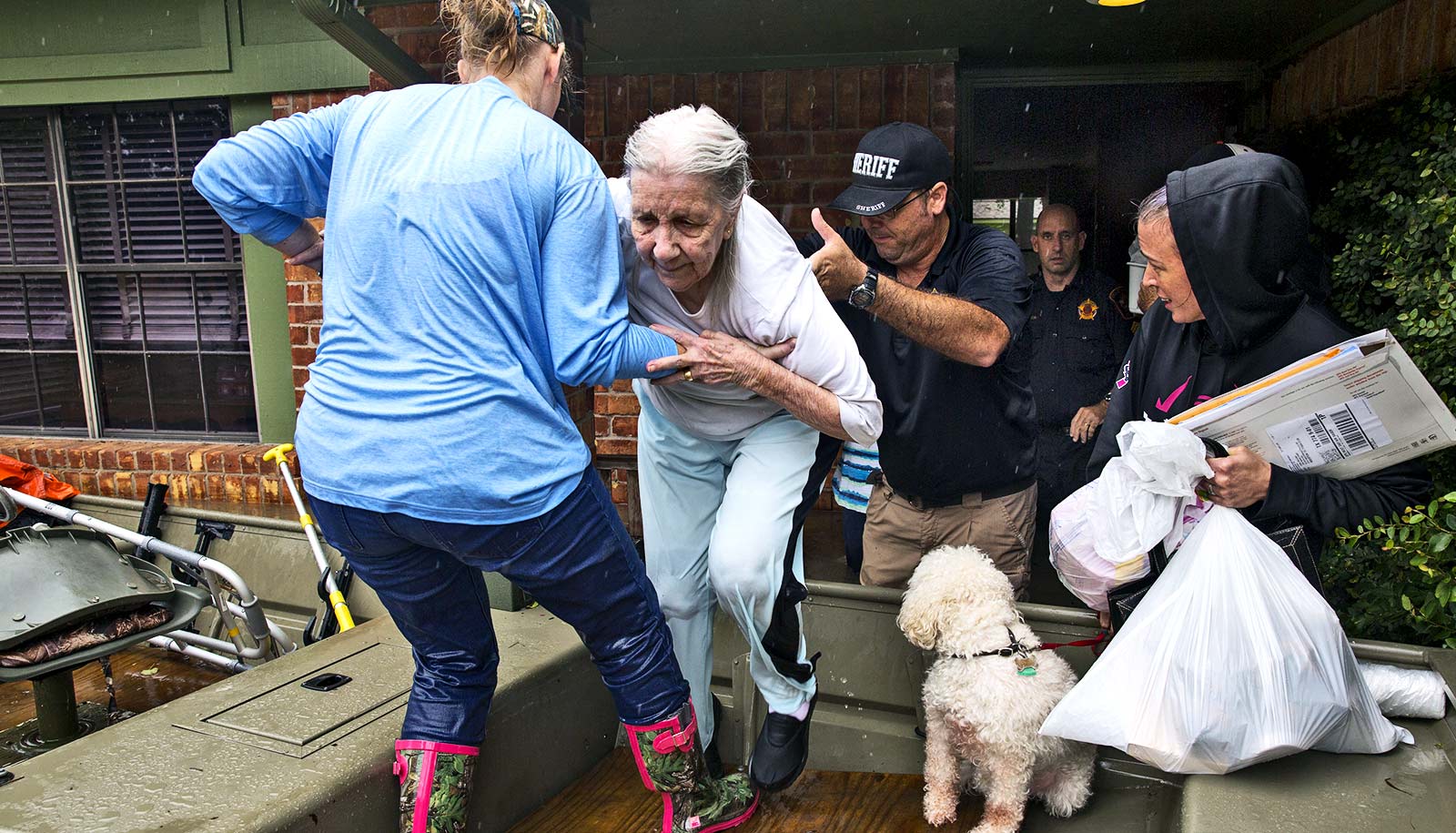Government officials vastly undercounted the death toll among Florida nursing home residents after the destruction of Hurricane Irma in 2017, according to new research.
The US Centers for Disease Control and Prevention (CDC) reported a total of 123 deaths statewide linked to the Category 4 storm, which made landfall in the Florida Keys with winds over 130 mph. The CDC number was based on death certificate data from across the entire state—including the deaths of 14 residents in a Broward County nursing home that lost power for its air conditioning system after the storm.
Florida shopping malls had already reopened with restored power while nursing home residents were succumbing to heat exposure.
The new study in JAMA Network Open compares deaths at nursing homes across Florida in the 30 days after Irma to those reported over the same period in 2015, when no hurricanes occurred in the state. It found the actual death toll is more than double the CDC number considering the nursing home population alone.
David Dosa, associate professor of medicine and of health services, policy, and practice at Brown University, identified an additional 139 deaths among Florida nursing home residents linked to Irma. Extending the timeframe to 90 days after Irma, they counted an additional 433 deaths.
“Our results suggest that this wasn’t an isolated phenomenon at one or two nursing homes. This occurred across the state,” says Dosa, who led the study with colleagues from Brown and the University of South Florida in Tampa.
The deaths occurred primarily among those living for at least 90 days in a nursing home, a population in which residents are often physically frail or cognitively impaired. They did not occur among short-stay skilled nursing home residents, who make up one-third of nursing home populations and are typically recuperating from illness or surgery.
Dosa’s earlier work has shown that long-term stay nursing home residents are particularly vulnerable during emergency evacuations. That leaves nursing home administrators in an unenviable position as they weigh the risks of transporting residents out of harm’s way or sheltering in place when a major storm is approaching.
The study looked at the outcomes for 61,564 people age 65 or older living in a total of 640 Florida nursing homes when Irma hit in September 2017. The 2015 comparison group consisted of 61,813 nursing home residents age 65 and older. For both groups, more than two thirds of residents were female and nearly 80% were white. Approximately 40% of both groups were residents over age 85.
Compared with 2015, researchers identified an additional 262 nursing home deaths 30 days after the hurricane occurred and 433 more deaths at 90 days. Dosa says the CDC’s data don’t give full consideration to indirect deaths in nursing homes where the cause of death is more likely to be attributed to natural causes.
“We tend to underestimate nursing home deaths for a variety of different reasons, because these are frail, older adults who are likely to die with heart failure, COPD, and dementia among other causes of death,” Dosa says. “When they die, we attribute their deaths to natural causes rather than taking into account the near-term impact of the disaster.”
The study’s findings reinforce previous research showing the devastating impact on mortality and morbidity among nursing home residents after Hurricanes Katrina, Rita, Gustav, and Ike. They also expose the cracks in the elder care system that intensified when nursing homes were generally left out during the distribution of personal protective equipment in the early days of the COVID-19 pandemic, Dosa says. Recent data show that nearly one quarter of COVID-related deaths in the US have occurred in long-term care settings.
“One would hope that this sort of research allows us to focus on populations at risk during disaster situations,” Dosa says. “The purpose behind this research is to come up with insights that can help us better care for these populations.”
Too often, nursing homes have not been front and center in disaster management, Dosa says. After Irma, he says, Florida shopping malls had already reopened with restored power while residents were succumbing to heat exposure at the sweltering Rehabilitation Center at Hollywood Hills in Broward County. Four former employees at the nursing home now face criminal charges, and the nursing home has petitioned the US Supreme Court in its effort to appeal the state’s revocation of its license.
“We need to prioritize nursing homes,” Dosa says. “I hope that this work adds to the idea that nursing homes need to be front and center in disaster management.”
Funding for the research came from the National Institutes of Aging, and two authors receive funding from the Veterans Administration Center of Innovation for Long Term Services and Supports.
Source: Janine Weisman for Brown University



